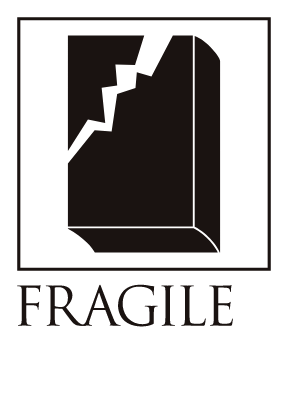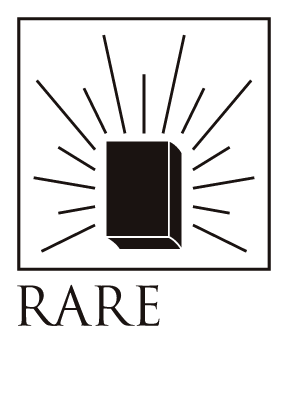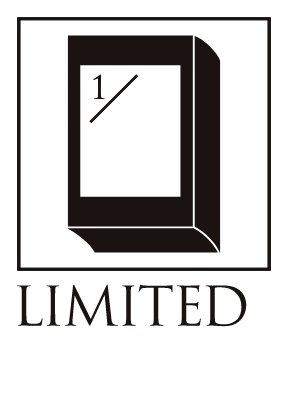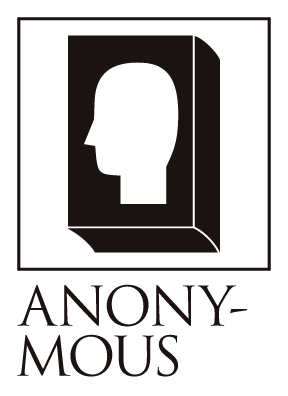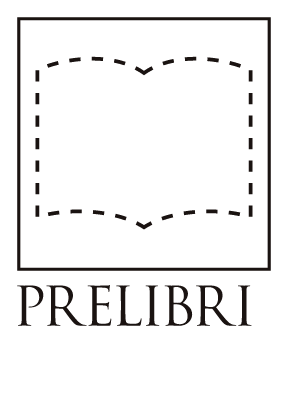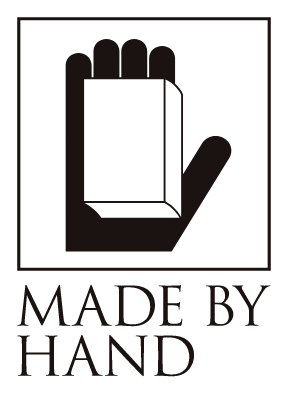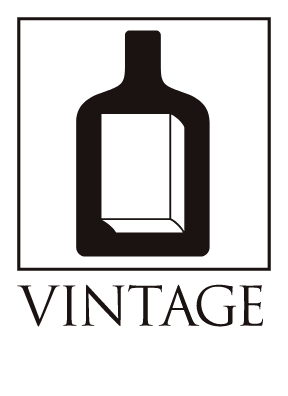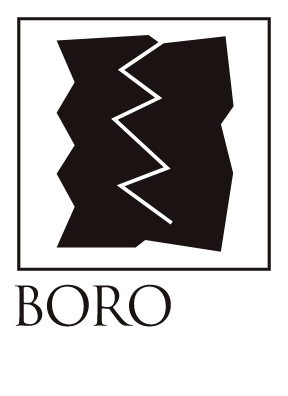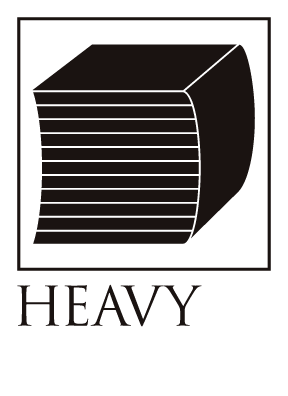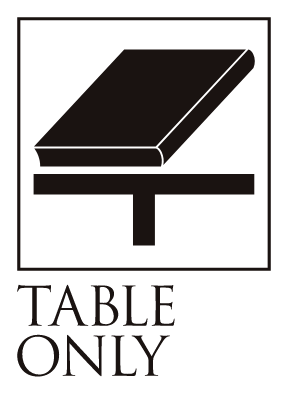The inner and the outer space
Bibliographic Details
- Title
- Den inre och den yttre rymden. En utställning rörande en universell konst / 内宇宙と外宇宙
- Editor
- Karl Gunnar Pontus Hultén, Karin Bergqvist Lindegren
- Director
- Pontus Hulten / ポントゥス・フルテン
- Publisher
- Moderna museets / ストックホルム近代美術館
- Year
- 1965
- Size
- h290 × w290 × d20
- Weight
- 1070g
- Language
- Swedish / スウェーデン語
- Binding
- Bound with 3 screws / ネジ3本で製本
Renowned curator,
The catalogue for Furten's exhibition is
Three-screw binding.
This book is the exhibition catalogue for "The inner and the outer space. An exhibition on universal art" held at the Moderna Museet in Stockholm from December 26, 1965 to February 13, 1966.
The exhibition was organized by Stockholm-born Swede Pontus Hulten (June 21, 1924 - October 26, 2006). After serving as director of the Moderna Museet in Stockholm (1957-1972), Hulten was a founding member and served as the first director of the Centre Pompidou (Paris's National Museum of Modern Art).One of the most important museum curators of the 20th century.Since then, he has continued to organize pioneering exhibitions around the world that are still talked about today.
Famous exhibitions organized by Hulten include "Rörelse i konsten (Movement in Art)" (Modern Museum Stockholm/Stedelijk Museum Amsterdam) in 1961, "The Machine as seen at the end of the mechanical age" (MOMA) in 1968, the first European Warhol exhibition "ANDY WARHOL Moderna Museet Stockholm" (Modern Museum Stockholm), held in the same year, and "Futurism & futurisms" (Palazzo Grassi, Venice) in 1986. Many of these exhibitions are well known for their planning skills.VEven if it changes to VeniceHis work has consistently sought to point to the future of the relationship between humans and art.
When talking about Furutten, the term "open museum" comes to mind.The keyword isIndispensableThe watershed year was 1968, when youthful energy erupted simultaneously around the world, as seen in events such as the May Revolution in Paris and the Prague Spring. At that time, comrades from all over the world gathered around Hulten to spearhead a movement to dismantle the old museum system.Hulten's innovative ambitions were realised in Paris after he left Stockholm in 1973.
1977,In the 4th arrondissement of ParisThe newly opened Centre Pompidou National Museum of Modern Art (Musée National d'Art Moderne)It would become the most important event in his career.As director, he expanded the idea of an "open museum" beyond just art, and organized a series of multifaceted, interdisciplinary exhibitions spanning genres such as literature, film, science, theater, dance, and music.With Renzo PianoThe architectural design by Richard Rogers, with its exposed piping, is also emblematic of Hulten's thinking.The representative exhibitions from the early days of the Pompidou Museum, i.e. the time of Director Hulten, were:"Paris-New York" Exhibition (1977),Large-scale urban exhibitions followed, including "Paris-Berlin" (1978), "Paris-Moscow" (1979) and "Paris-Paris" (1981).
Mr. Furuten, who is known to those in the know, is a great talent, and he also created a great catalog.In a catalog created during his time as director of the Moderna Museet in Stockholm,This is an exhibition catalogue that explores "inner and outer space." The theme of the exhibition is also interesting. It was held at the end of December 1965. In the early 1960s,In May 1961, President Kennedy said,The era of space development began with the Apollo program, which declared that "we will send mankind to the moon within the 1960s."In '62James Watson, who discovered the double helix structure of DNA, received the Nobel PrizeThis was a time when molecular biology was making great advances, and Dr. Ikeda had received the Nobel Prize in Physiology or Medicine, making this exhibition the perfect time to explore the inner and outer universes.
The book features works by 35 artists. Participating artists include a distinguished line-up of artists such as Kazimir Malevich, Troels Andersen, Naum Gabo, Yves Klein, Ulf Linde, Max Bill, Enrico Castellani, Piero Dorazio, Lucio Fontana, Donald Judd, Piero Manzoni, Otto Piene, Robert Rauschenberg, Frank Stella, Mark Tobey, Günther Uecker, and Herman de Vries.
The catalogue is divided into four parts: Yves Klein(Yves Klein, 1928-1962)The book features a wide range of illustrations, including monochrome blue serigraphs and original gold prints.The gold back is stamped "Guld är Solljuset fotograferat och fixeradt". The cover is a white vinyl sheet, and the back cover is cardboard.On cardboardThe typography used on the book is the same as that on the shipping box, which is a nice touch. However, what is surprising is the way the book is bound, with several different sizes of paper for the main text fastened together with three original metal screws, a novel idea for the time.Did Furutten like it too? After thisHe also tried this in the catalogue for "The Machine as seen at the end of the mechanical age," held at the MOMA in New York in 1968.
Text by Osamu Kushida
